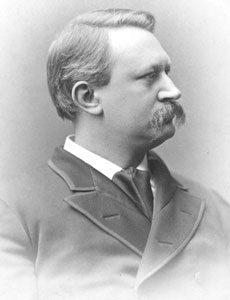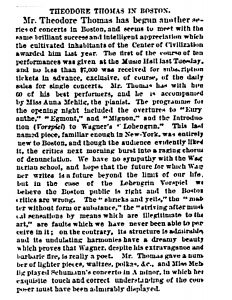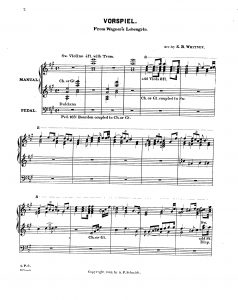National Jukebox is a website that has on it thousands of recordings of music and spoken words. This website was created by both the Library of Congress and Sony Music Entertainment. There are many different genres of music on this website such as classical, opera, spoken word, blues, musical theater, jazz, country, whistling and yodeling. This website has music from all around the world. There are many recordings from Native American musicians, Irish musicians, and even some that highlight some of the issues and stereotyping in minstrelsy. The creators of the website are still working on adding recordings from before 1925 from record companies such as Columbia Records and Okeh Records. However, these recordings are kept under Sony records, which presently allows users to listen to these recordings. Although users are allowed to listen to the recordings, they are not allowed to download them. Sony has the rights to these recordings, and doesn’t let them out in the public domain possibly because of the historical value they hold.
The New York Philharmonic also planned on creating a an archive of the recordings that would be able to be streamed by the public. The New York Philharmonic was created in 1842. For the website, they started with materials from 1942-1970. During that time period, this orchestra became one of the biggest and most renowned orchestras in the entire world. Leonard Bernstein was the conductor for most of this time period. (1942-1969) The orchestra has more than 24,000 recordings, and 4,000 of them have to do with Bernstein. There are in total 3,235 scores, 1,380 images, and 16,342 business documents. In the future, the orchestra is planning to add audio and video documentation.
Performances today unfortunately cannot be kept and viewed again to preserve history, however there are other things that people can use from the past to show the importance of the history of music. The history of music continues to inform and create the popular music of the present. Every genre has a background to it, and has genres that came before it. Music is all inspired by one another.
https://www.jstor.org/stable/44308748?seq=1



